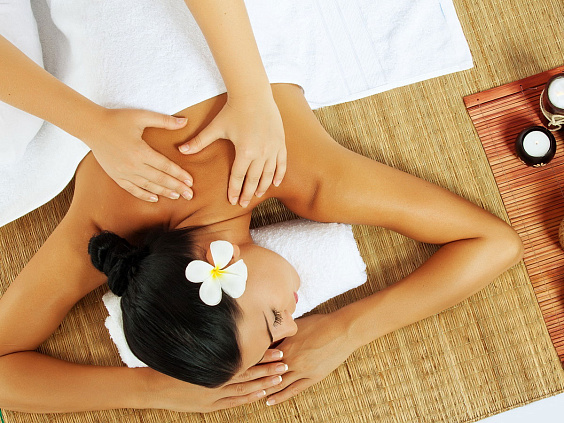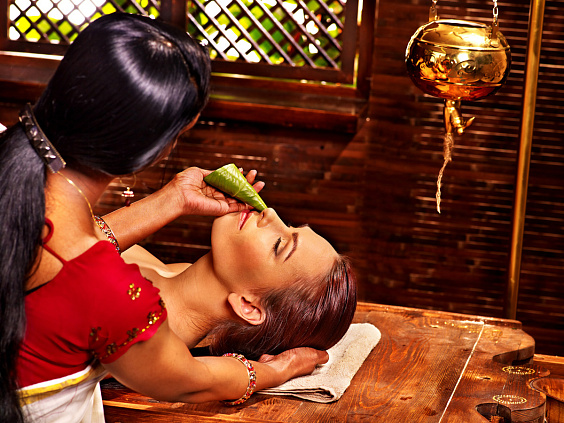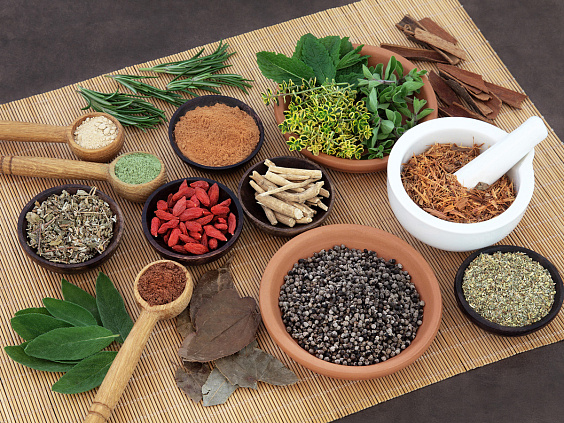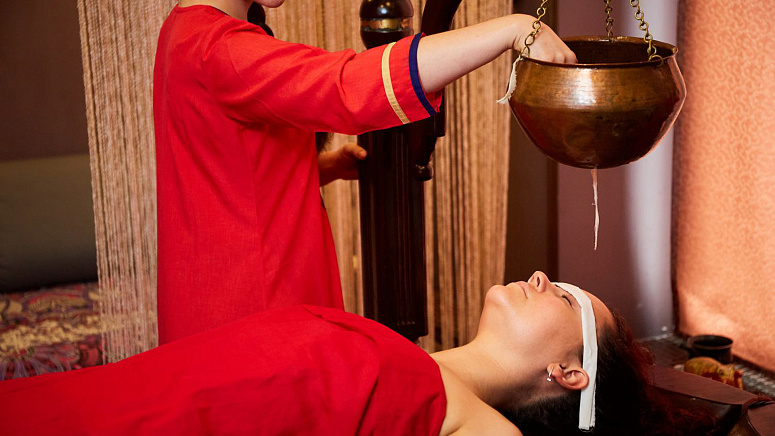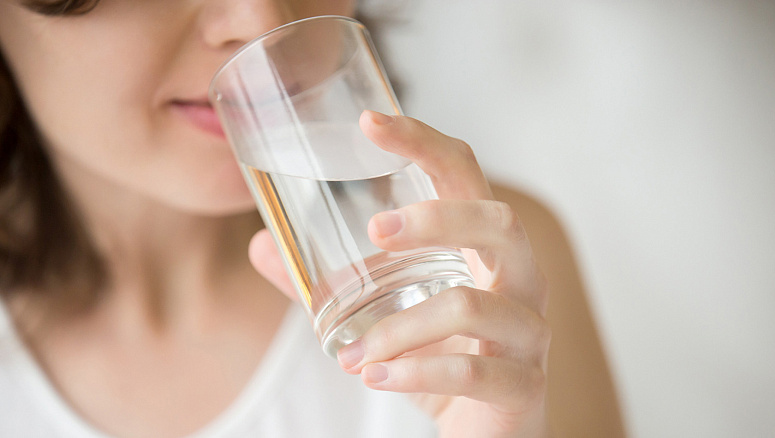Panchakarma is the signature practice of Ayurveda. It is a deep detoxification method consisting of five main procedures. Once someone experiences its benefits, the effectiveness of this approach becomes undeniable. Like Ayurveda itself, Panchakarma has gained recognition far beyond its origins and continues to celebrate the wisdom of healers, both past and present. In this article, we will explain in simple terms what Panchakarma is, how it is carried out, where and at what cost you can undergo these cleansing treatments, and what feedback people share after experiencing this rejuvenating system.
What is Panchakarma?
In Ayurveda, six methods are used to maintain the body's healthy equilibrium, among which the two main forms of therapy are Shamana and Shodhana.
The first approach, Shamana, aims to relieve symptoms when the patient is too frail or unprepared for aggressive therapeutic measures.
The second method, Shodhana, is centered on cleansing and eradicating the underlying causes of disease. Panchakarma falls under this type of therapy. It is performed when the patient is in a condition strong enough to overcome their illness, as the process demands considerable physical strength and energy.
In Sanskrit, "pancha" means 'five,' and "karma" means 'action.' It is a five-step program aimed at detoxifying the organs and systems that are vital for the body's proper functioning. The core principle of this program revolves around removing excess doshas and ama (toxins) from the body, which are frequently the underlying cause of numerous illnesses.
Moreover, Panchakarma treatments are effective in addressing both physical illnesses and psychological challenges caused by emotional or karmic influences.
For optimal results, Panchakarma is best undertaken in India, the home of Ayurveda, where the preparation of remedies is carefully maintained, traditions are deeply respected, and the art of healing has been handed down from generation to generation.
For a Panchakarma retreat, we recommend considering a trip to Kerala.
Cleansing procedures and their descriptions
-
Vamana – therapeutic vomiting.While vomiting is commonly linked to poisoning or digestive issues, in Ayurveda, it serves as a deliberate method to clear the stomach and upper respiratory tract of excess mucus, typically caused by an imbalance in Kapha (and occasionally Pitta dosha). This approach is used to address a range of conditions, including allergies, arthritis, asthma, atherosclerosis, gastritis, rheumatic and respiratory ailments, diabetes, chronic skin problems, and recurring colds.
Moreover, Vamana is also effective in relieving depression, sorrow, and emotional dependencies.
Therapeutic vomiting is not recommended for children, the elderly, pregnant women, individuals with physical weakness, serious cardiovascular diseases, upper respiratory tract bleeding, tuberculosis, pleurisy, pneumosclerosis, hepatitis, or liver cirrhosis.
The treatment is typically performed in the morning. The day before, the patient consumes foods or herbs that boost Kapha. On the morning of the procedure, emetic preparations are taken along with a large quantity of fluids (up to 4 liters) to fill the stomach. After some time, vomiting naturally occurs, and with proper preparation, it happens smoothly and without discomfort. A key element for the success of Vamana is the patient's positive attitude and trust in the practitioner. After the procedure, it is important to follow the dietary and rest guidelines provided by the doctor.
-
Virechana – colon cleansing. This technique involves the use of laxatives to detoxify the intestines and eliminate toxins from the body. Virechana is recommended for conditions stemming from Pitta imbalance, including jaundice, shingles, liver disorders, bile stagnation, colitis, fever, gluten intolerance, and similar ailments. Additionally, the process of purging can help in alleviating feelings of anger.
The procedure is not recommended for individuals with physical weakness, poor digestion, internal bleeding, or rectal conditions.
Virechana is conducted either in the morning or during the time when Pitta is most active. Shortly after consuming the laxative, the body naturally initiates bowel movements. Typically, 6–8 bowel movements are considered normal. Following the procedure, rest and adherence to the prescribed diet are essential.
-
Basti – medicinal enemas. This procedure involves introducing healing substances through the rectum. Unlike therapies that induce vomiting or purging, enemas do not strip the body of its digestive fluids, making them particularly important for individuals with aggravated Vata. Basti treatments are categorized as either cleansing or nourishing.
They are applied in cases of increased stomach acidity, kidney stones, cardiovascular issues, joint and bone ailments, back pain, constipation, bloating, and gas. Additionally, medicinal enemas are effective for nervous system imbalances, aiding in the relief of fear, anxiety, insomnia, and tremors.
Basti is not recommended for elderly individuals, children under 7 years old, those with poor digestion, or people suffering from anemia.
Therapeutic enemas are performed at varying times, depending on the goal and type of Basti. The mixture usually contains herbal decoctions, oils, and occasionally honey or other components. A Basti course involves multiple enemas, frequently alternating between nourishing and cleansing varieties. The amount of solution administered ranges from 120 to 500 ml.
-
Nasya – nasal administration of medicinal remedies. This therapy is effective for treating headaches, migraines, ear, nose, and throat conditions, eye problems, allergies, and insomnia. It also soothes the nervous system and improves cognitive function.
Nasya should not be performed right after eating or bathing.
The method depends on the condition and the dominant dosha: cleansing Nasya with dry powders is advised for Kapha; nourishing Nasya with oils is recommended for Vata; and calming Nasya using ghee or herbal oils is best for balancing Vata and Pitta.
-
Rakta Mokshana – bloodletting. This treatment is employed to detoxify the blood, boost immunity, and strengthen the body's defenses. It also aids in lowering elevated Pitta levels.
The procedure is not recommended for children, the elderly, individuals with anemia, general weakness, or swelling.
Rakta Mokshana is categorized into two methods: one involves the use of metal tools, and the other utilizes leeches. Scientific research, in the context of Panchakarma, suggests that bloodletting boosts the immune system and encourages the spleen to produce detoxifying agents.
The treatments are tailored according to the patient's health condition, ailments, concerns, and symptoms. The outcomes of Panchakarma in India can be explored through video reviews shared by participants.
Alongside therapeutic retreats in Kerala, India, it is also possible to complete a short-term training program in Panchakarma.
Procedural aspects of Panchakarma
No matter which procedures are recommended, Panchakarma is carried out in a carefully structured sequence and involves multiple phases.
Stage 1 (Preparation) – Purvakarma. To ensure the Panchakarma procedures are effective, the doshas must first be guided back to the areas from which they can be expelled: Kapha to the stomach, Pitta to the small intestine, and Vata to the large intestine. Since ama (toxins) is fat-soluble, the use of oils during this phase is crucial for preparation. This involves daily practices such as oil massage (Snehana) and therapeutic sweating (Swedana). Internal oil consumption, other remedies, or treatments may also be recommended (following a personalized consultation with a practitioner). On average, Purvakarma lasts around 7 days.
Stage 2 (Primary) – Pradhanakarma. This phase consists of the main Panchakarma treatments designed to remove accumulated ama (toxins) and excess doshas from the digestive system.
Stage 3 (Concluding) – Paschatkarma. This final stage is dedicated to rejuvenating the body and easing back into daily life with a recommended diet. It also incorporates rejuvenation treatments (rasayanas). Following the detoxification process, the body becomes more responsive to nutrients and therapeutic compounds, greatly increasing their efficacy.
The price of Panchakarma retreats in India differs based on the facility, quality of accommodations, and length of stay. A 21-day program is regarded as the most impactful duration for treatment.
For more information about the requirements and pricing of Panchakarma in Kerala, India, you can explore further here.
Your health is invaluable – keep this in mind and prioritize self-care!
References:
- David Frawley, 'Ayurveda and the Mind'.
- Robert E. Svoboda, 'Ayurveda: Life, Health and Longevity'.
- Robert E. Svoboda, 'Prakriti: Your Ayurvedic Constitution'.
- Sunil V. Joshi, 'Ayurveda and Panchakarma: The Science of Healing and Rejuvenation'.
